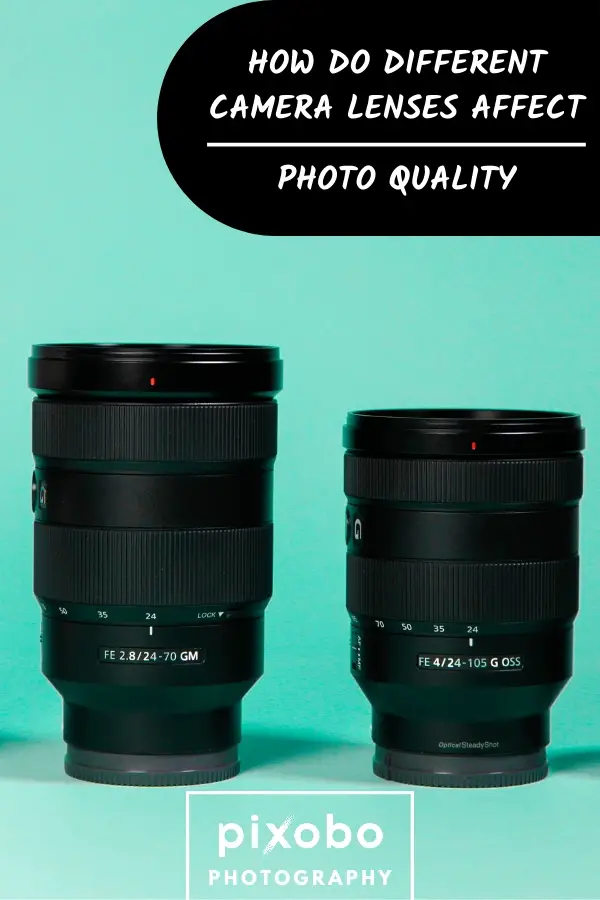There are a lot of factors that impact the end quality of the photo, and the lens is almost at the top of the list. Amateur photographers are always thinking about the number of megapixels (click to see how much do megapixels affect photo quality) and other factors like the camera body, but the lens is far more important.
So, how do different camera lenses affect photo quality? The camera lens has a greater impact on the photo quality than for example megapixels because a camera lens has a direct effect on the background blur, sharpness, level of detail, depth of field and these are just some of the more important parameters. In most cases, it is also better to have a high-end lens than an expensive camera body, because a good lens will make a huge difference, almost in every case when compared with a better camera that uses a kit lens.
How lenses impact the quality of the photo is a pretty wide topic, but from this article, you will get a grip on how much a quality lens is important, and what characteristics you should look on when buying a camera or a lens.
If you really want the best for your money then stay with us because we will save you a lot of thinking and maybe a load of wasted money. Let’s begin!
Table of Content
How Does a Camera Lens Affect the Quality of a Photo: Explained
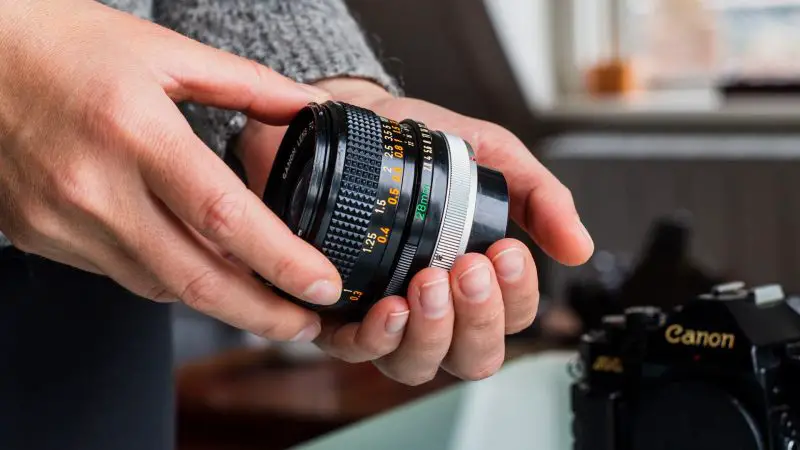
How does the camera lens in fact work? The light strikes at the lens and enters the glass element of the lens. When light enters the lens it will always change direction or refract. Depending on the shape of the lens, the light will be directed differently, and it will give a different result at the end.
Some lenses will give you a wider image while some allow a closer zoom, but there are numerous types of lenses with different shapes and purposes, so you can easily find something that will suit you the most.
But, what about the impact of the lens on the photo quality, and how important is it to have a good quality lens? If you put it plain and simple, the camera lens allows the right amount of light to pass through it with the end result being properly illuminated and sharp photos.
There are several characteristics of the camera lenses that have a huge impact on how the light will hit the lens, and how the lens will process the light that will eventually become a photo. These four characteristics are really important and we will talk a little bit more about them:
Depth of Field
DoF will help you control the part of the picture that will be focused. You don’t always want the same focus. In some photos, you need some part of it focused, but in others, you want the whole photo to be in focus, like pictures of the landscapes. The DoF is different for every lens and it is affected by the maximum aperture.
Aperture
Simply explained, the aperture is the opening that lets light enter the lens. It can be confusing because if the value for the aperture is larger, the opening is smaller, so the lens gets less light.
The smaller value of the aperture allows more light for the lens, and more light means shallower DoF, while a larger aperture leads to more focused images. So, basically, you should look for a lens with a larger value of aperture.
Maximum Aperture
This characteristic shows the maximum value of the aperture and how wide a lens aperture can actually open. The value for maximum aperture is marked on the body of the lens and those lenses tend to cost more.
It is important for photographers who want to use the camera for night photography because it will take more light into the lens and provide a better night photo.
Focal Length
Focal length can be described as a distance between the point where the lens and the sensor that is recording the image intersect, and it is measured in millimeters. The focal length range of the lens is displayed by the number that will show you how much of the scene the camera will capture.
If the number is smaller it will catch a wider angle of the scene and from that, larger numbers show the narrower angle of the scene.
Different Types of Camera Lenses
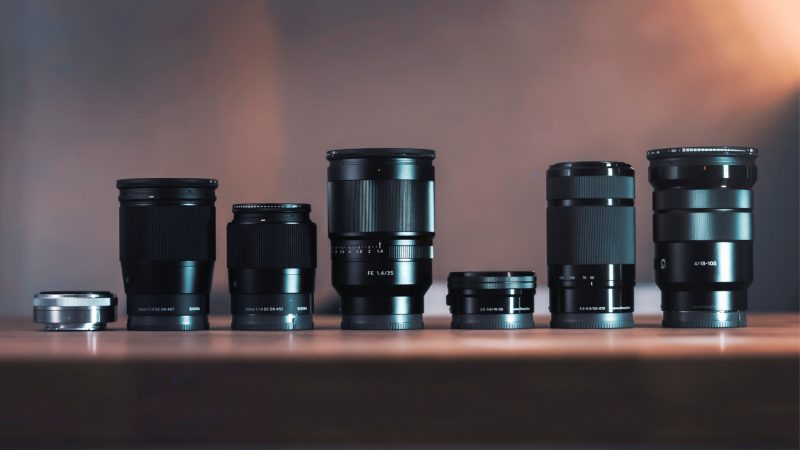
You can divide the camera lenses into two basic groups: focal and zoom lenses, but there are other types of lenses that are divided by their focal length. So, we will start with the main group of lenses (prime and zoom), and then we will describe the rest.
Prime Lenses
This type of lens has a fixed lens focal point length. In simple words, you can’t zoom with a prime lens. That is definitely a disadvantage, but it does have some good sides, and one of its main good features is a wider maximum aperture.
Also, without zoom options, prime lenses tend to create sharper images. The last advantage that we will mention is the size and weight of the lens, and in this case, prime lenses are generally lighter. The main disadvantage is that if you want to take different types of images, you will need to carry more lenses because one lens is probably not enough for all your needs.
Zoom Lenses
As the name says, these lenses have the zoom option, and that is the main difference from the focal lenses. These lenses are practical if you are using a camera for photographing events, or if you are a photojournalist. It is practical because you don’t need to change the lens when you want to adjust the focal length.
You just can’t have it all good, so the bad side of the zoom lenses is their sharpness, and when you compare them to focal lenses it is just not at the same level. Also, taking night photos with zoom lenses will leave you unsatisfied, because their maximum aperture is narrower, it will let less light into the lens.
Standard Lenses
These lenses are really the universal ones. They can be used in a wide variety of photography types, but only if you are not too demanding when it comes to the quality of the photos.
Their focal length is somewhere in the middle, ranging from 35 to 85 millimeters, and from that, you can get a full-frame image, and at the same time, you will be able to zoom in to some detail on the scene without losing too many details.
Wide-Angle Lenses
The purpose of these lenses is already described in their name. With these lenses, you can take wide-angle photos with really large scenes. It is a must if you are into landscape, architecture or street photography.
Telephoto Lenses
These great lenses have an option to make things that are far away, appear to look closer to you. Their main feature comes from their unusual focal length, ranging from 60 to more than 300 millimeters.
Telephoto lenses are often used by sports photographers because photos of the players can look like they are taken right on the field, and not from the crowd. They can be used in portrait and nature photography, and you will be able to get the blurred background effect.
Macro Lenses
You must have seen a lot of fantastic close-up images of insects, animals, plants or nature, and you thought – how did they take a photo like that? Well, they were made with the little help of a macro lens. Their primary role is close-up photography because with them you can zoom in more than with any other lens, and you will get all the details and even more.
You can fill your whole image with a picture of an ant, and you will get the details you could never see with your eyes. A great piece of tool nonetheless!
What’s More Important: Camera Body or Lens?
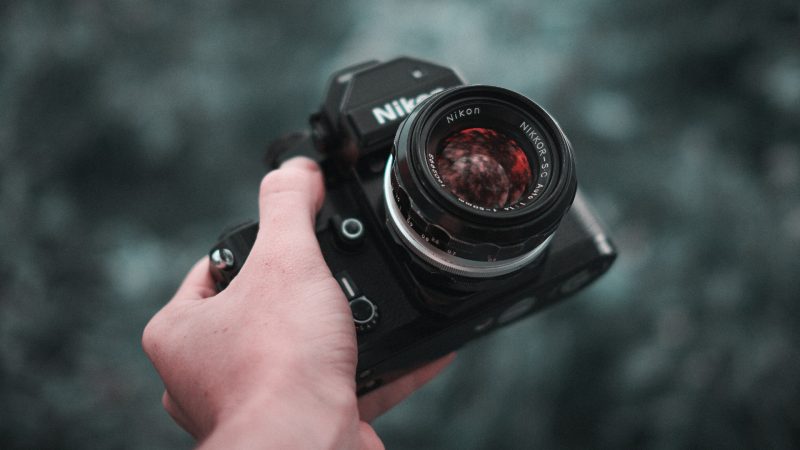
The camera body is basically a container for the sensor, lens and all the electronics needed for producing digital photos. There are two main types of camera bodies: the mirrorless camera and DSLR. Both are pretty much on equal ground in terms of photo quality. Now let’s see what is more important.
Let’s try to explain this, the camera body carries the potential quality that the photo could have and a camera lens is the main thing that decides how much of that potential is going to be used.
This means that the lens will have a much larger impact on the end-look of the image, because of all the characteristics of the lens listed in the sections above. The lens gathers the light, and that is the most important part when taking a high-quality photo.
So, in the longer term, investment in the lens is more sensible, because it will bring you direct improvement to your photos. As for the camera body, it just doesn’t have that much of an impact when it comes to image quality.
Even some older cameras with a better lens would be a better option compared to a new high-end camera with a kit lens.
Also, don’t forget to check out our lists to different types of lenses for Sony, Nikon, Canon and Olympus cameras.
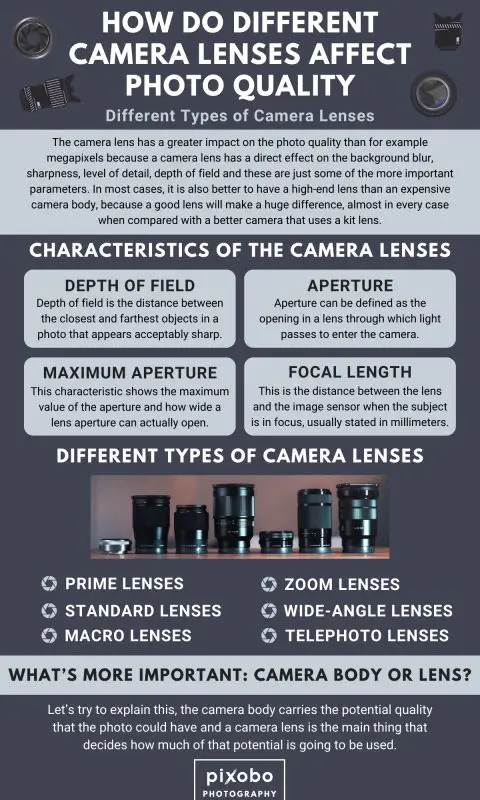
Summary
If you are looking to be a professional photographer, or you just want to take photos on your vacation, the first thing you need to do is to create your own standards or your photography identity. Decide what type of photos you take the most or what type of photos you would like to explore and use that decision to buy the perfect lens that suits your photography style.
After reading this article you are a couple of steps closer to knowing what lens to use, and what to look out for when buying it. Buying a perfect lens for your needs is not a simple task, due to all the possible available options. This is why we hope that we have given you a little insight that will shed some light on this topic, and if we managed to help you in any way, that is the best reward for us.
Keep reading our photography blog, because we will continue in the same manner of informative photography topics that are trendy and interesting.
Related: 8 Reasons Why a 50mm Lens Is All You Need for Amazing Photography
